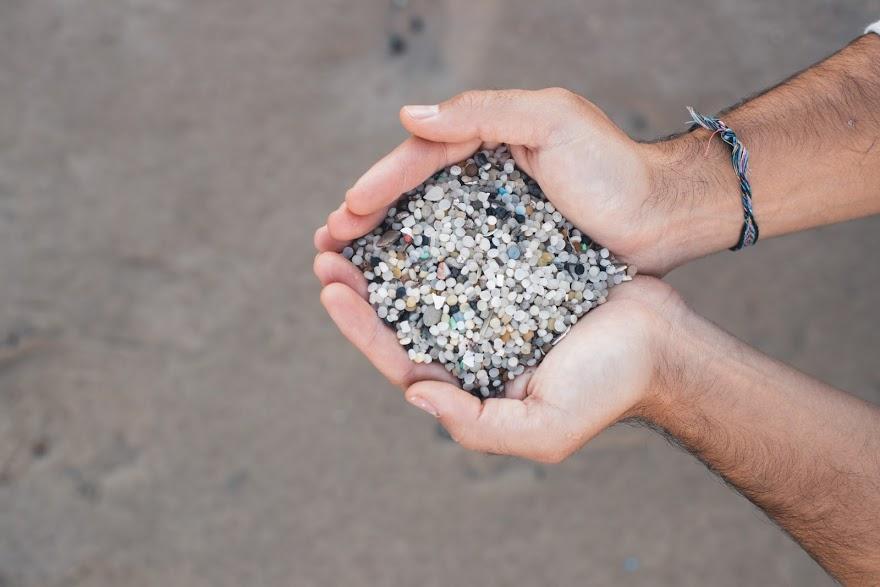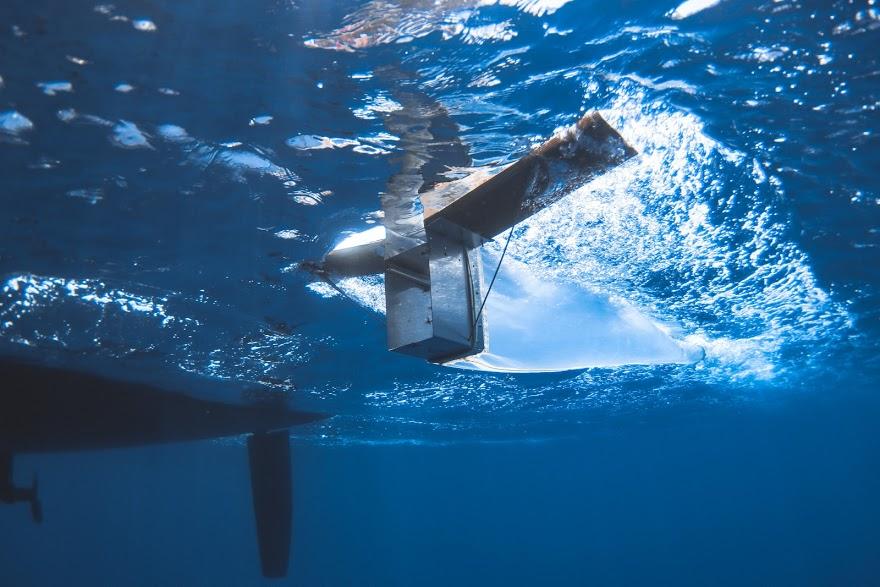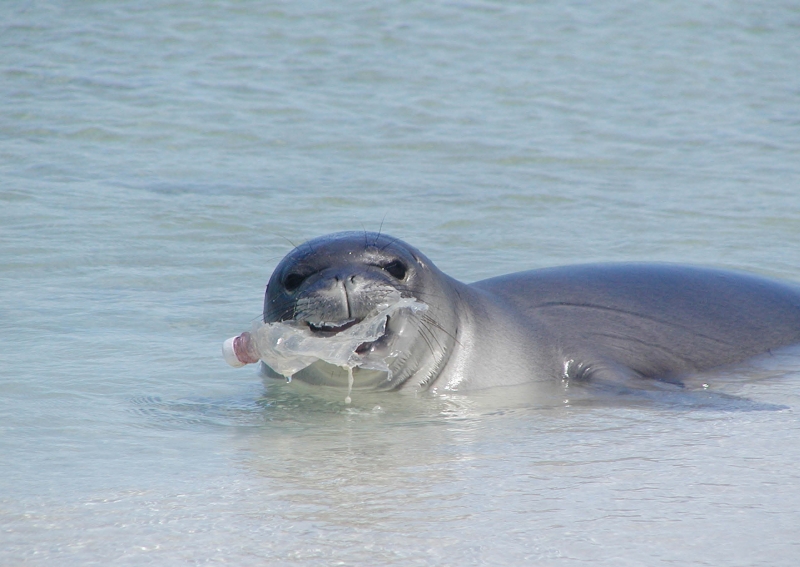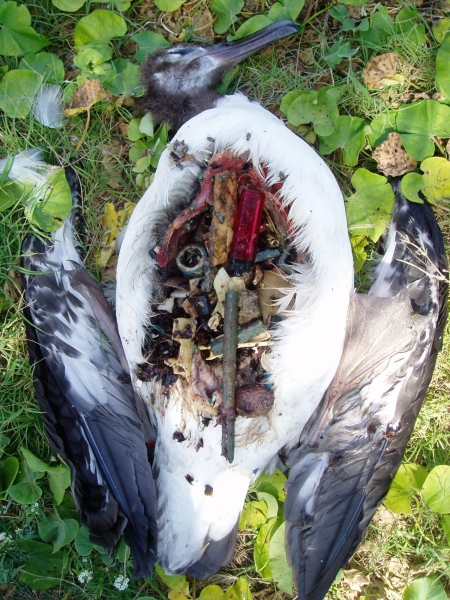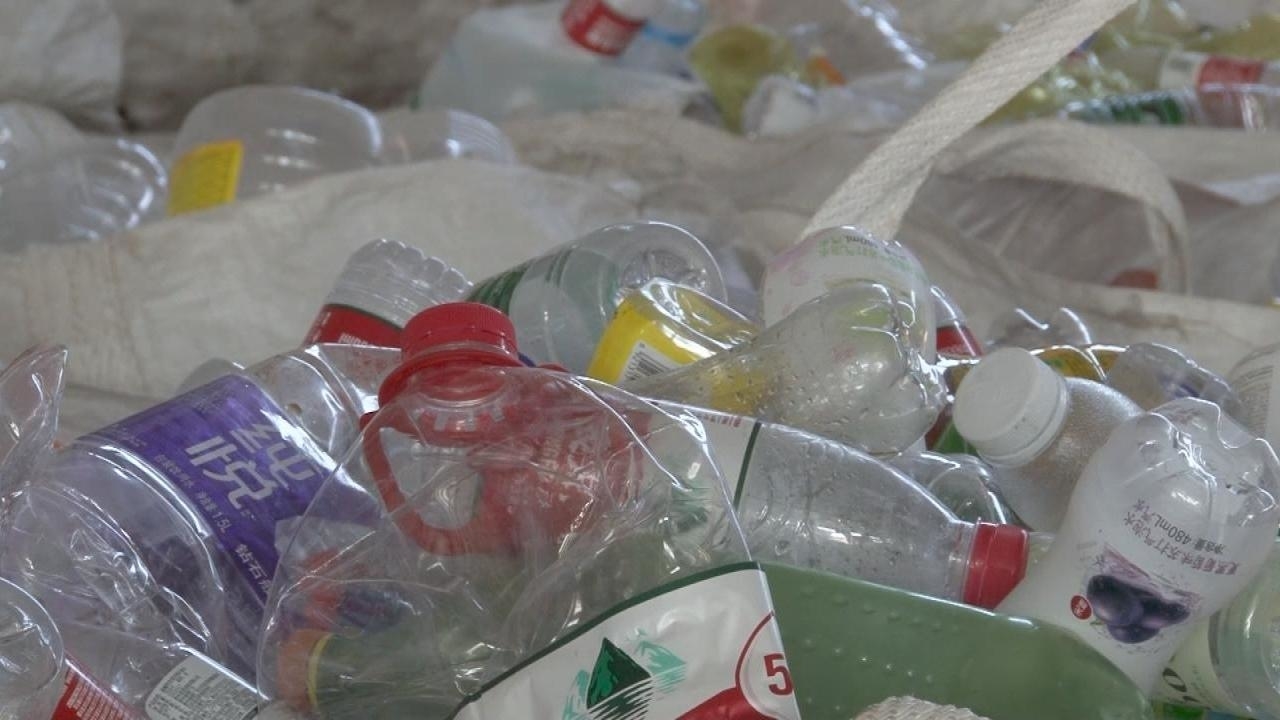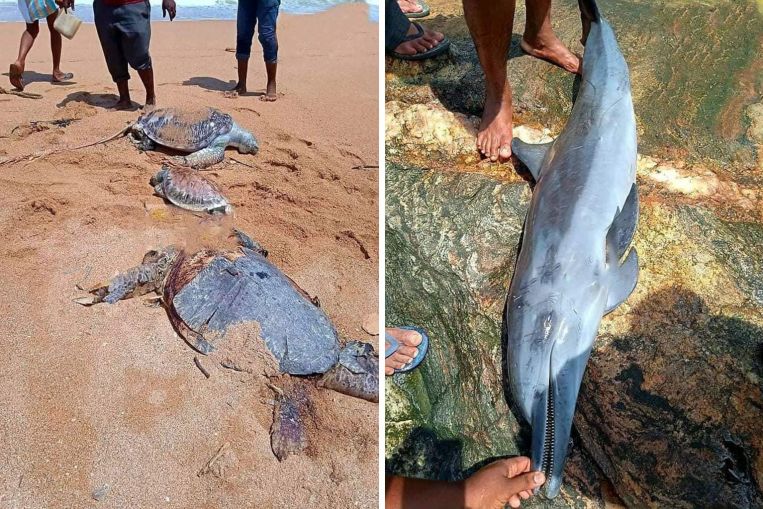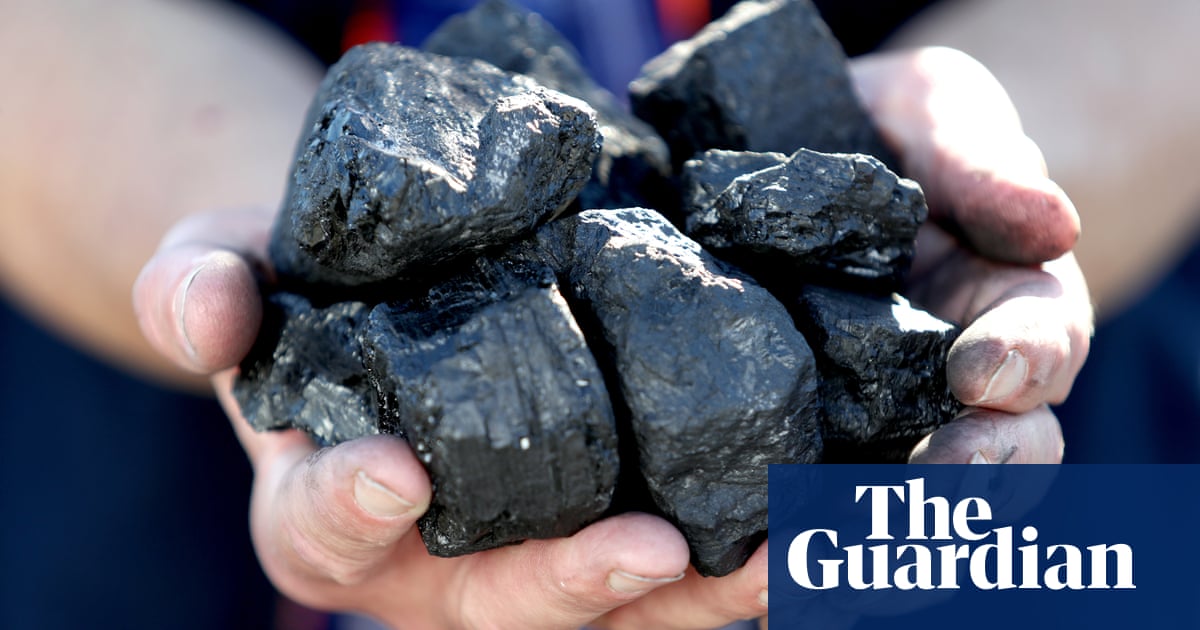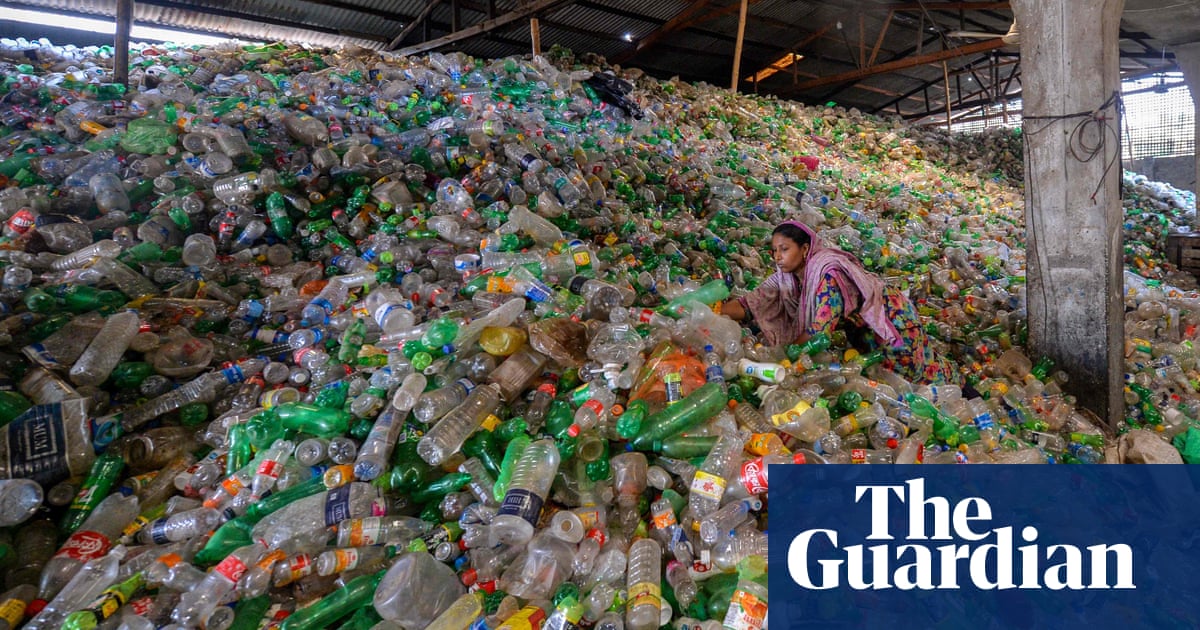The third paper in our Briefing Series, ‘Biodegradable plastics: how do we engage with consumers and society?’ is available now
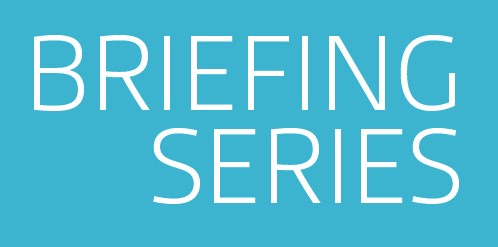
This briefing paper summarises key themes and ideas discussed at our ‘Biodegradable plastics: how do we engage with consumers and society?’ webinar, held on 21st May 2021. This briefing paper presents the views expressed by our panellists who were members of the SAPEA Working Group and other experts.
The webinar is part of a series of events drawing on the SAPEA Evidence Review Report Biodegradability of plastics in the open environment and the associated Scientific Opinion by the European Commission’s Group of Chief Scientific Advisors. This webinar, a partnership event between SAPEA and the Royal Irish Academy, was attended by an international audience of over 200 people from 37 countries.
About our Briefing Series
The AE Cardiff Briefing Series has been developed to complement AE Cardiff’s webinar series. Each paper will summarise key points of discussion at each of our webinars, with the aim of providing a useful resource on the topic.
Other papers in the series
‘Research integrity: how can we support and protect early-career researchers in cases of alleged scientific misconduct?’
This briefing paper summarises main points of discussion at our ‘Research Integrity: supporting early-career researchers in cases of alleged scientific misconduct’ webinar, held on 22nd March 2021. At the webinar, our panel of experts explored what happens when an early-career researcher observes a more senior colleague apparently engaging in possible malpractice and what processes are in place to address potential problems and protect those involved. The backdrop to the discussion was a paper by four of the panellists, outlining one possible mechanism for investigating reported cases of possible misconduct. This event was a partnership between the Academia Europaea Cardiff Knowledge Hub, the Young Academy of Europe (YAE), SAPEA and the European Group on Ethics (EGE).
Digital Media in crisis situations: Rethinking their role and function’
This briefing paper encapsulates the key points of our ‘Digital Media in crisis situations‘ webinar, held on 1st March 2021. A panel of experts discussed the role of the digital media on our public debate, attitudes and behaviour during the COVID-19 pandemic. The event was a partnership between Academia Europaea, University of Bremen, Cardiff University, SAPEA (Science Advice for Policy by European Academies) and in support of the Welsh Government’s Wales in Germany 2021 initiative.
The information and opinions expressed in all of our briefing documents do not represent the views and opinions of Academia Europaea and its board of trustees. This document is a summary of ideas discussed at the webinar.
Posted 18th June 2021. For further information please contact AECardiffHub@cardiff.ac.uk

